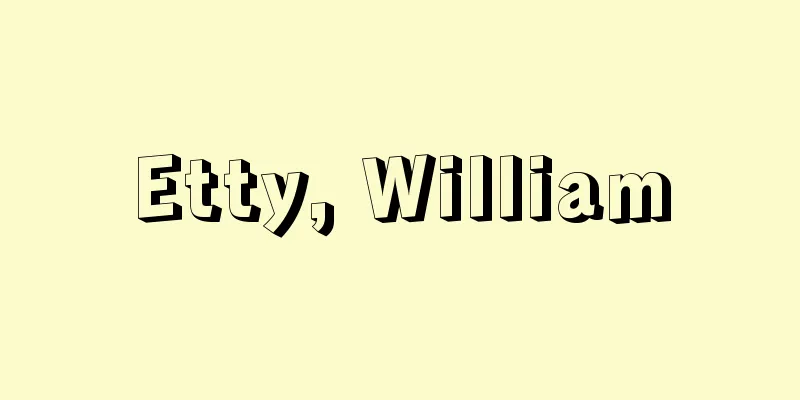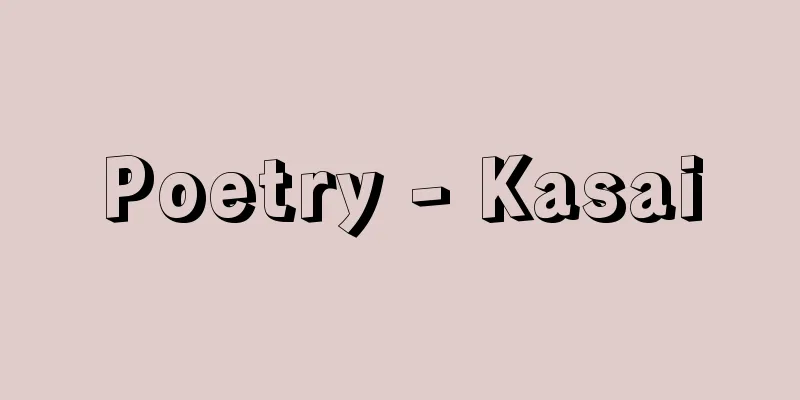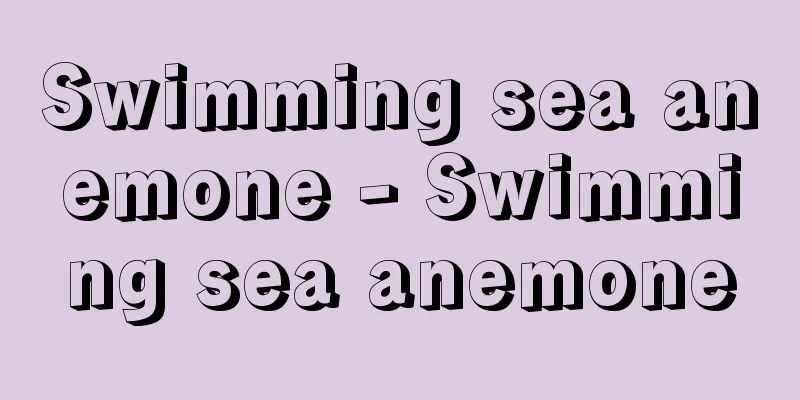Kiev (English spelling) Киев/Kiev

|
The capital of Ukraine. In Ukrainian it is spelled Киïв. Population 2.611 million (2001). It forms a metropolitan area of 777 square kilometers, 63% of which is green space, and has small cities such as Borispol, Boyarka, Vasil'kov, and Vishgorod, which is a new residential area with the dam of the Kiev Reservoir, on the outskirts. The city center is located on both banks of the middle Dnieper River, and there is an international airport and a river port, and rail links to Moscow, Kharkov, and overseas cities such as Warsaw and Prague. In addition to buses and trolleybuses, the city has public transportation such as subways, cable cars, and ferries. The topography is contrasted between the wide alluvial plain of the Dnieper River on the left bank (east) and the hills of about 100 meters above sea level known as "Vladimir Hills" and the gently undulating hills on the right bank. The old town, rich in historical sites, is on the right bank, but much of the alluvial land on the left bank, which is a pine forest, is also being urbanized, with residential areas and an airport being built. The climate is mild and continental, somewhat dry, and the vegetation is deciduous broadleaf forest mixed with some steppe (short grassland). The average monthly temperature is -5.8°C in January and 19.5°C in July. It is one of the leading industrial cities in Ukraine, and is characterized by precision machinery and mechanical industries requiring complex processes. There are factories producing small cameras, movie projectors, radios, television sets, physicochemical and medical equipment, measuring instruments, motorcycles, aircraft, shipbuilding, railroad car repair, civil engineering machinery for road construction, food industry equipment, glass crafts, ceramics, silk weaving, food, and tobacco, as well as other things. Printing and publishing activities are also very active. Energy supporting the city's industries comes from natural gas in the Kharkov region and Prikarpattia, hydroelectric power on the Dnieper River, and the power grid in the European part. About 20 kilometers north of the city is the Kiev Reservoir, which straddles the Republic of Belarus (Belarussia) and was created by damming the Dnieper River. The lake is 110 kilometers long, 12 kilometers wide at its widest point, has an area of 925 square kilometers, a storage capacity of 3.7 cubic kilometers, and an average depth of about 4 meters. It was completed in 1966. It has a generating capacity of 551,000 kilowatts. New resorts and recreational facilities have been built along the coast. There are many educational and cultural facilities in the city, including the National University, the Academy of Sciences, the Taras Shevchenko Memorial Museum, the History Museum, a film studio, and a planetarium. Popular places for citizens to stroll include the sports center on Trukhanov Island on the Dnieper River, a small railway (3 km) run by children alone, the Folk House Architectural Garden, Vladimir Hill, the World War II Memorial Park that continues to the south, and Kreshchatyk Boulevard in the city center, lined with beautiful horse chestnut and rowan trees. The ancient city is also rich in many historical sites, including St. Sophia Cathedral (now an Architectural Museum) and the former city gate, the Golden Gate. Many people visit the Pecherskaya Lavra, where the catacombs (underground tombs) are also preserved. [Kazuo Watanabe] historyAccording to the Russian "Primitive Chronicle," the town was founded by three brothers, Ki, Shchek, and Khorif, but it is believed that the town was first fully established in the 6th or 7th century. Around the 8th century, it developed through trade with Eastern countries such as the Byzantine Empire, and became the capital of Kievan Rus's state when it was established at the end of the 9th century. At the end of the 10th century, Kievan Rus' state accepted Greek Orthodoxy, and in the 11th century, a metropolitan seat was established, and Russia's oldest religious buildings, such as St. Sophia Cathedral and the Pecherskaya Lavra, were built. Until the 12th century, it prospered as the center of the Dnieper trade route from the Normans to Greece. Around the 12th century, due to internal political conflicts, invasions by the Polovtsians, and the decline of the role of the Dnieper waterway, the town lost its political and economic significance, and in 1240, it was destroyed by the Mongol army, leading to its decline. In the 14th century, it was annexed by the Grand Duchy of Lithuania, and gradually regained prosperity. Later, when the Grand Duchy of Lithuania and Poland formed a United Kingdom (Lyublin Union, 1569), Kiev became part of Poland, but as anti-Polish protests by Ukrainians grew, the sovereignty of the Grand Prince of Moscow was recognized, and it was finally decided that Kiev would belong to the Moscow state in 1686. It became the capital of the Kiev Governorate, and in the 19th century a university was established there, and industries such as metalworking, tobacco, and brewing developed. After the Russian Revolution (1917), the Ukrainian Soviet government was established in the city in 1918, and it became the capital of the Ukrainian Republic in 1934. During World War II, it was occupied by German troops in September 1941, but was recaptured in November 1943 at the cost of 200,000 civilian casualties. [Yukio Ito] [Reference item] |A bronze statue of Taras Shevchenko, a poet born in Kiev. It stands in the Shevchenko Memorial Park. Kiev, Ukraine ©Shogakukan "> Shevchenko Statue Source: Shogakukan Encyclopedia Nipponica About Encyclopedia Nipponica Information | Legend |
|
ウクライナの首都。ウクライナ語ではКиïвと綴(つづ)る。人口261万1000(2001)。面積777平方キロメートルの大都市圏を形成し、その63%が緑地で、郊外にボリスポリ、ボヤルカ、ワシリコフをはじめ、キエフ貯水池のダムがあるビシゴロドなど、新居住区となっている小都市を擁する。中心市街はドニエプル川中流部の両岸に位置し、国際空港、河港があり、モスクワ、ハリコフ、国外のワルシャワ、プラハなどへ鉄道が通じる。市内にはバス、トロリーバスのほかに地下鉄、ケーブルカー、渡し船などの公共交通機関がある。地形は、ドニエプル川の広い沖積地が左岸(東)にあるのに対して、「ウラジーミルの丘」と通称される比高約100メートルの丘陵や、緩い起伏の波状丘陵が右岸に高まり、対照的である。史跡に富んだ旧市街は右岸にあるが、松林地帯の左岸沖積地も多くが都市化されつつあり、住宅地区、空港などが設けられた。気候は穏やかな大陸性でやや乾燥し、植生は落葉広葉樹林で一部にステップ(短草草原)が混じる。月平均気温は1月零下5.8℃、7月19.5℃。 ウクライナ屈指の工業都市で、とくに精密機械や複雑な工程を要する機械工業に特色がある。ゴーリキー記念オートメーション工作機工場をはじめ、小型カメラ、映写機、ラジオ、テレビセット、理化学・医学機器、測定器、自動二輪車、航空機、造船、鉄道車両修理、道路建設用土木機械、食品工業用設備製造、ガラス工芸、陶磁器、絹織物、食品、たばこなどの工場がある。印刷、出版活動もきわめて盛んである。市の工業を支えるエネルギーは、ハリコフ地方やプリカルパティアの天然ガス、ドニエプル川の水力電気をはじめ、ヨーロッパ部の電力網に負っている。市の北方約20キロメートルには、ベラルーシ(白ロシア)共和国にまたがって、ドニエプル川をせき止めてつくられたキエフ貯水池がある。湖は長さ110キロメートル、最大幅12キロメートル、面積925平方キロメートル、貯水量3.7立方キロメートル、平均水深約4メートルで、1966年に完成した。発電能力55万1000キロワット。沿岸には保養地、レクリエーション基地が新設された。 市内には教育・文化施設も多く、国立総合大学、科学アカデミーなどのほか、タラス・シェフチェンコ記念館、歴史博物館、映画撮影所、プラネタリウムがある。ドニエプル川にあるトルハノフ島のスポーツセンター、子供たちだけで管理運行する小型鉄道(3キロメートル)、民家建築園、ウラジーミルの丘、その南に続く第二次世界大戦記念碑公園、トチとナナカマドの並木が美しい都心のクレシチャーチク大通りなどが市民の散策場である。また、多くの史跡に富む古都で、聖ソフィア寺院(現在、建築博物館)、かつての城門「金の門」などが残る。ペチェルスカヤ大修道院には参詣(さんけい)人が多く、カタコンベ(地下墓所)も保存されている。 [渡辺一夫] 歴史ロシアの『原初年代記』によると、キー、シチェク、ホリフの3兄弟によってこの町ができたとあるが、本格的な町の形成は6~7世紀のころとみられる。8世紀ごろにはビザンティン帝国など東方諸国との通商により発展し、9世紀末にキエフ大公国の成立に伴い、その首都となった。10世紀末にキエフ大公国のギリシア正教受容により、11世紀には府主教座が置かれ、聖ソフィア寺院、ペチェルスカヤ大修道院などロシア最古の宗教的建造物がつくられた。12世紀まで、ノルマンよりギリシアに至るドニエプル通商路の中心として繁栄した。12世紀ごろに国内の政治的紛争、ポーロベツ人の侵攻、ドニエプル水路の役割の低下に伴って、政治・経済上の意義を喪失し、1240年のモンゴル軍による破壊を被って凋落(ちょうらく)した。14世紀にはリトアニア大公国に併合されて、しだいに繁栄を回復した。その後、リトアニア大公国とポーランドが連合王国を結成した(リュブリン連合、1569)結果、キエフはポーランド領となったが、ウクライナ人の反ポーランド運動の高揚に伴って、モスクワ大公の主権を認め、1686年にモスクワ国家への帰属が最終的に決定した。キエフ県の県庁所在地となり、19世紀には大学が設立され、金属、たばこ、醸造などの工業が発展した。 ロシア革命(1917)が起こると、1918年ウクライナ・ソビエト政府が置かれ、1934年にはウクライナ共和国の首都となった。第二次世界大戦中の1941年9月、ドイツ軍に占領されたが、20万の市民の犠牲を払って1943年11月に奪回された。 [伊藤幸男] [参照項目] |キエフ生まれの詩人タラス・シェフチェンコの銅像。シェフチェンコ記念公園内に建つ。ウクライナ キエフ©Shogakukan"> シェフチェンコ像 出典 小学館 日本大百科全書(ニッポニカ)日本大百科全書(ニッポニカ)について 情報 | 凡例 |
<<: Kiev Theological Seminary (English name)
Recommend
Personality - Personality, character
A translation of personality. Personality refers t...
Aso Caldera - Asokarudera
A caldera located in the eastern part of Kumamoto...
Retrograde amnesia
When amnesia (recollection deficit) occurs due to ...
Awa sect theory - Awa sect theory
...Afterwards, he gained many followers among the...
Planking - Itabari
A type of washing method for Japanese clothing. Th...
Africander - Africander
…They are also called Boers. They are now called ...
Akashi Island Storehouse - Akashi Island Storehouse
…It first premiered at the Shintomiza Theatre in ...
Tone [town] - Tone
A town in Kitasoma County in southern Ibaraki Pref...
Kaiso - Kaiso
A calligrapher and monk from the mid-Tang Dynasty...
Indonesian Art - Indonesian Art
Indonesian culture dates back to the BC era, and i...
Rock magnetism
Magnetism remaining in rocks. It is also called fo...
Morpholine
Tetrahydro-1,4-oxazine. C 4 H 9 NO(87.12). Made b...
Sujikiri - Sujikiri
A farm tool used to make ridges in the field when ...
Stephan, H. von (English spelling) Stephan Hvon
…In order to coordinate basic matters and promote...
Akiu
This town was located in Natori District, central...









